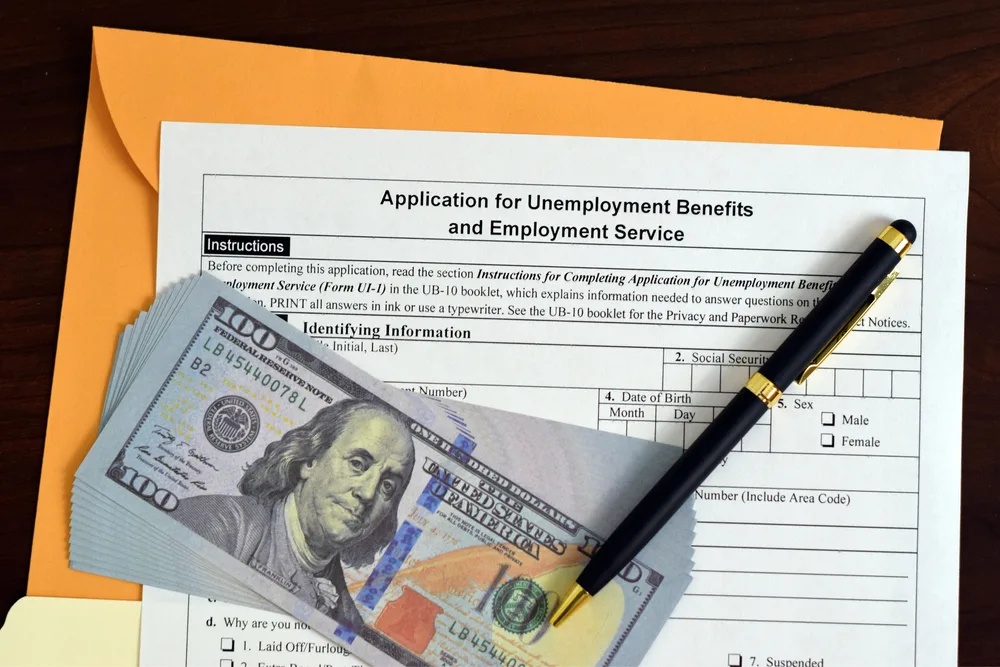
LIHEAP is a federal program designed to help families with low-income pay their energy bills. This program provides assistance to those households who are struggling to meet the costs of heating and cooling their homes, as well as providing assistance with energy-related home repairs. LIHEAP can help families save money and stay safe and healthy in their homes.
In this article, we will explore the different aspects of LIHEAP, such as eligibility requirements, the application process, and potential benefits.
We will also look at how the program can help families reduce their energy costs and keep their homes safe and comfortable.
With this information, you can make an informed decision about whether or not to apply for LIHEAP.
Overview of LIHEAP
LIHEAP is a federal program designed to help low-income households pay their energy bills. The program is administered by the U.S. Department of Health and Human Services and is overseen by the Department of Agriculture.
The program is funded by the federal government, with each state receiving a set funding amount based on population. Each state is required to provide assistance to financially eligible households, regardless of whether the household receives a utility assistance program from the state.
LIHEAP is available from October 1 through the end of the following September. LIHEAP provides assistance with energy-related home repairs and energy-saving measures.
Assistance can be provided to families who receive Basic Food Assistance, cash assistance, or who meet the income eligibility requirements, which are detailed below.
Families who receive Utility Assistance and who meet the income eligibility requirements may also be eligible for additional assistance.
This assistance can cover a wide range of energy-related expenses, including home heating, cooling, and utility bills, energy-related home repairs, energy-saving measures, and energy-related education and health-related services.
Eligibility Requirements for LIHEAP
LIHEAP is a needs-based program, so the amount and type of assistance that a household receives is based on their income and household size.
The program has specific eligibility requirements for the type of assistance for which a household is applying. In addition to the requirements listed below, the household must also have a gross income at or below the federal poverty level.
The poverty level varies based on household size and the ages of household members and is published by the U.S. Department of Health and Human Services. Households receiving cash assistance as part of the Temporary Assistance to Needy Families (TANF) program are automatically eligible for LIHEAP.
Households that receive basic food assistance might also qualify for LIHEAP. For other households, the eligibility criteria vary. Households must generally meet one or more of the following criteria:
- Have an annual income that is considered to be “low,” which is usually at or below 150 percent of the Federal Poverty Level – $21,870 gross annual income for one person, $29,580 gross annual income for two people, etc.
- Be responsible for paying energy costs (e.g., homeowners, renters, or have a payment plan for utility bills)
- Have an inadequate heating source or have failed to repair a heating system or have failed to maintain a source of heat
- An inadequate cooling source or have failed to maintain a source of cooling or have failed to repair a cooling system or have an inadequate cooling source
- Excessive energy burden
The LIHEAP Application Process
The application process for LIHEAP varies from state to state, but in general, households can apply at any time during the year, including during the summer.
In most states, you can apply online or by phone. You can also apply in person at a local Department of Social Services (DSS) office.
The DSS will determine your eligibility for LIHEAP and if you are approved, they will provide you with an application number to provide to your utility company.
Utility companies can help households apply for LIHEAP if they meet the eligibility requirements. If you do not receive utility assistance, the utility company will contact the DSS to schedule an interview with the household.
The household must provide proof of gross income and any other required documentation. If you receive cash assistance, you must provide proof of your LIHEAP eligibility. You must re-apply for LIHEAP each year.
Benefits of LIHEAP
LIHEAP is a needs-based program, so the amount and type of assistance that a household receives is based on their income and household size.
The amount that a household receives can vary from state to state, but in general, the amount is based on the household income and the average amount of utility bills in the state.
The program provides assistance with energy-related home repairs, energy-saving measures, utility bills, and heating and cooling costs.
Households who receive LIHEAP may also be eligible for additional assistance to help pay utility bills, including assistance through Utility Lifeline Rate programs.
In addition to utility assistance, LIHEAP also provides assistance with home repairs and energy-related education and health services.
How LIHEAP Can Help Families Reduce Energy Costs
LIHEAP provides assistance with utility bills. Therefore, if a household is eligible for assistance, they can reduce their utility bills.
Households who are eligible for assistance will receive assistance with utility bills equal to the amount they would have spent on energy.
Households who receive assistance may be able to reduce their utility bills or have the utility company provide a payment plan for them.
LIHEAP households may also be able to reduce their energy costs by taking advantage of energy-saving measures.
Energy-saving measures include such things as installing energy-efficient light bulbs and appliance, weather-stripping or sealing windows and doors, and installing a programmable thermostat.
Safety and Comfort Benefits of LIHEAP
LIHEAP provides assistance with both energy bills and energy-related home repairs. Assistance with energy-related home repairs can help households reduce energy costs by preventing emergencies and repairs in their homes.
Assistance with utility bills can help households reduce their energy costs, but assistance with energy-related home repairs can also help improve the safety and comfort of the household.
It is important for households to maintain their homes, especially during cold and hot weather, to prevent damage to their homes and appliances and to stay safe.
Assistance with energy-related home repairs can help households reduce their energy costs and make their homes more comfortable by helping them avoid emergency situations and repairs and keeping their homes in good working condition.
Making an Informed Decision About LIHEAP
If you are struggling to meet your energy bills and you meet the LIHEAP eligibility requirements, you may want to apply.
However, you should also consider other programs that can help low-income households with basic needs, such as food assistance programs, WIC, Head Start, and child care assistance.
In addition, you should consider whether you receive utility assistance from your state and if you can save money by reducing your energy usage through energy-saving measures and energy-efficient appliances.
Before you apply for LIHEAP, you should understand the benefits of the program, such as assistance with energy-related home repairs and utility bills, and the requirements, such as the application process and income eligibility requirements.
With this information, you can make an informed decision about whether or not to apply for LIHEAP.



